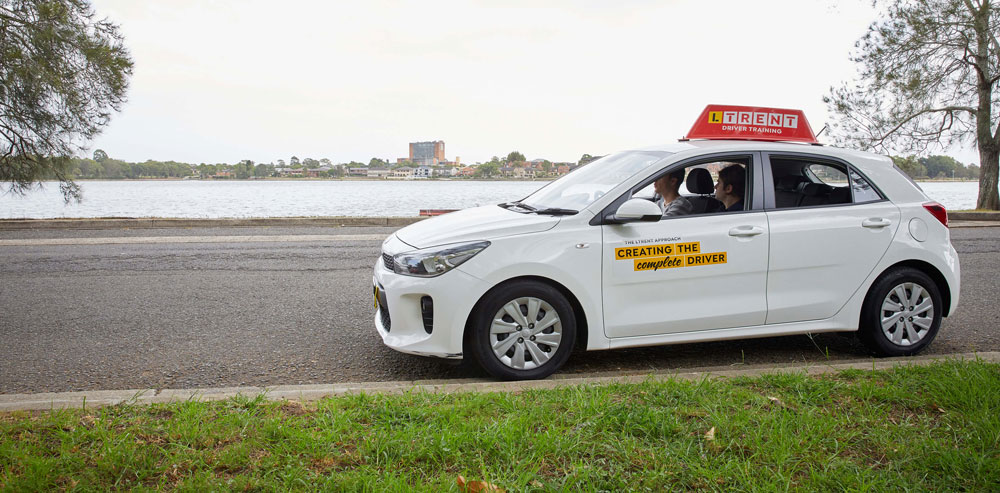The Kerbside Stop

Kerbside stopping is a fundamental skill for all drivers, especially for those preparing for their driving test in New South Wales (NSW). Whether you’re stopping to pick up or drop off passengers, or practising parallel kerbside parking, following the rules is essential. This guide explains what kerbside stopping entails, NSW-specific parking rules, and how to master this skill for the driving test.
What is Kerbside Stopping?
Kerbside stopping refers to pulling over and stopping safely on the side of the road, close to the kerb. This skill is often required in built-up areas and is a core part of everyday driving. It is also essential for parking in situations where you may need to park behind another vehicle, leave enough space for passing cars, and follow parking rules.
In the context of learning to drive, mastering kerbside stopping means understanding how to use the clutch, brakes, and accelerator effectively (if in a manual) and knowing how to maintain a parallel position to the kerb.
Kerbside Parking Rules in NSW
In NSW, specific parking rules apply to ensure that kerbside parking is safe and doesn’t obstruct other road users. Here are some key kerbside parking rules to keep in mind:
- Observe Parking Signs and Restrictions
Pay attention to parking signs to determine if kerbside parking is allowed. You cannot park in bus zones, clearways, or across driveways. Make sure to leave at least three metres from any double unbroken centre line to allow enough space for passing vehicles. - Distance from Intersections
Avoid parking within 20 metres of an intersection with traffic lights or within 10 metres of an intersection without traffic lights. This rule is important to keep intersections clear for other vehicles and improve visibility for all road users. - Parallel Positioning
When performing a kerbside stop, aim to be 20-40 cm from the kerb and ensure your wheels are parallel. If parking behind another vehicle, leave about a one-metre gap to avoid blocking their exit. - Blind Spot Checks
When preparing to leave the kerb, check your mirrors and blind spots carefully. This helps avoid potential hazards, like cars approaching from behind or pulling out of driveways nearby.
Is Kerbside Stopping Part of the NSW Driving Test?
Yes, kerbside stopping is an integral part of the NSW driving test. During the test, you may be required to perform a kerb side stop to demonstrate your ability to control the vehicle, follow road rules, and park safely in a built-up area.
Some of the skills tested during a kerbside stop include:
- Selecting the Appropriate Gear
If driving an automatic, select park or reverse when necessary. For manual drivers, use first gear to start and select neutral when stationary. - Signalling and Blind Spot Checks
Proper use of indicators and blind spot checks are critical for a safe kerbside stop. Indicate for at least five seconds before pulling away to signal your intentions to other road users. - Parking Safely and Leaving the Kerb
After parking, activate the park brake. When ready to leave the kerb, start the vehicle, check your mirrors and blind spots, and ensure there’s enough room to clear any car in front. Reverse slightly if needed to create space, then indicate for five seconds before moving.
Tips for Mastering the Kerbside Stop
- Practise on Quiet Roads
Start by practising kerbside parking on quieter roads where you have more time and space. This helps you refine your technique without the added pressure of traffic, preparing you for busier, built-up areas. - Learn with LTrent’s TORT Program
LTrent’s Trent On Road Assessment (TORT) is designed to prepare you for the driving test and develop safe driving habits. Through TORT, LTrent instructors provide step-by-step guidance on essential manoeuvres like kerbside stops and parallel parking, focusing on precision, road rule compliance, and blind spot checks. TORT gives you real-time feedback, building the skills you need for safe kerbside stopping. - Check All Mirrors and Blind Spots
Make it a habit to check your mirrors and blind spots whenever performing a kerbside stop. This awareness ensures safety for all road users, from pedestrians and cyclists to vehicles approaching from behind. - Gauge the Distance to the Kerb
To consistently park within the ideal distance of 20-40 cm from the kerb, use a visual marker on your car’s bonnet or windscreen as a reference point. This technique makes it easier to align your vehicle parallel to the kerb. - Practise in Built-Up Areas
Once you feel more confident, try practising kerbside parking in busier areas to get accustomed to real-world conditions. This experience is essential for handling kerbside stops smoothly during your driving test.
Final Thoughts on Kerbside Stopping
Kerbside stopping may seem straightforward, but it requires practice to master. It’s an essential skill, not only for passing the NSW driving test but also for everyday driving situations. If you’re learning to drive, consider professional lessons to gain confidence in curb side parking and other essential driving manoeuvres. LTrent Driving School provides expert guidance on kerbside stops, parallel kerbside parking, and other skills to help you drive safely and pass the driving test with ease.